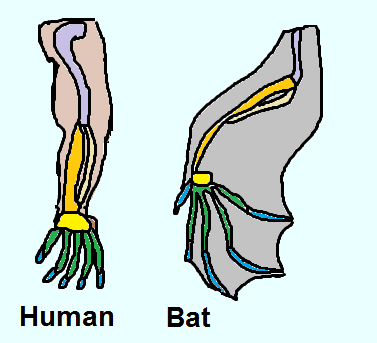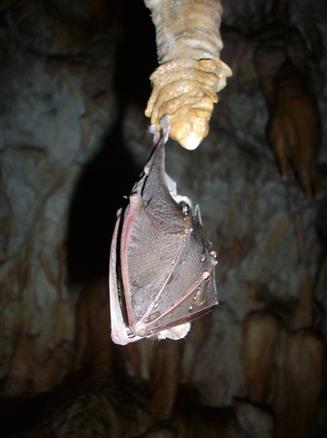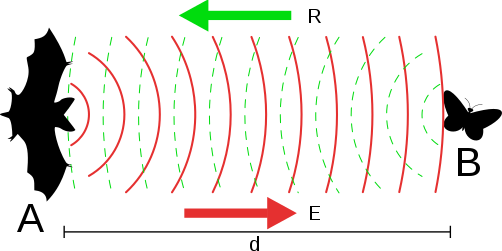
PUMPA - SMART LEARNING
எங்கள் ஆசிரியர்களுடன் 1-ஆன்-1 ஆலோசனை நேரத்தைப் பெறுங்கள். டாப்பர் ஆவதற்கு நாங்கள் பயிற்சி அளிப்போம்
Book Free DemoOther adaptations present in bat are explained below:
Flight adaptation:
The forelimbs of the bats are modified to serve as wings, which are large and strong. The legs are small, which reduces the mass and allows for flying. The tail supports and controls the movements during their flight.

Forelimbs of bats and arms of human
The muscles of the bat are well developed and highly powerful. The body and the forelimbs are modified for its flight. The hind limbs tendons help provide a tight grip when the animal is suspended upside down at rest.
Hibernation:
Hibernation also called "winter sleep", is when an animal spends its winters in a dormant condition - inactive status or low metabolic activity.
Hibernation is a state of inactivity in which the body temperature drops with a low metabolic rate during the winter.
Bats are warm-blooded mammals that allow their internal temperature to drop while resting, unlike other mammals. They go into the hibernation state where there is reduced activity to conserve energy.

Hibernation observed in bats
Echolocation: Bats use a high-frequency system called echolocation. They give out high-frequency sounds called ultrasonic sounds. The ultrasonic sounds are reflected back from its prey and are perceived by the bat's ear. Bats use these echoes to locate and identify their prey.

Bats use echolocation to locate and identify their prey
Reference:
https://commons.wikimedia.org/wiki/File:Chiroptera_echolocation.svg
https://pixabay.com/de/photos/schl%c3%a4ger-winterschlaf-h%c3%b6hle-324844/
https://commons.wikimedia.org/wiki/File:Mam_ForelimbsHumanBat.png